
Contents
There is no escaping the fact that nutrition has become big business huge, in fact. Wherever we are, we seem to be exposed to swathes of information about diet and lifestyle. From aspirational images of avocado toast and green drinks on social media, through to scare stories about the dangers of every conceivable food in our newspapers, we are bombarded. We see hosts of young gurus telling us the way we should eat and seeking to inspire us; and some of them barely seem to be older than teenagers! We are lost in a sea of opinion from a multitude of people many of whom do not have the qualifications to give advice in this complex and often contradictory and divisive subject. We are utterly bombarded and this has brought with it confusion and, in some cases, overt scepticism all of which is understandable.
However, I firmly believe that it is vital that we get to grips with the fundamentals of nutrition. It is the cornerstone of our health. I personally feel that nutrition and lifestyle represent one aspect of our health care that we can actively engage in. We can take conscious, determined steps to safeguard our health in both the short term and the long term.
The truth is that the nutrients in the food that we eat directly influence the internal biochemical terrain of our bodies. From energy and repair, through to the most intricate of intra- and extracellular reactions and responses, elements of our diet are involved. Carbohydrates and fats give us energy. Fats help to build cells and hormones. Protein helps the body to repair damaged or stressed tissues and provides the building blocks for our own proteins, which play thousands of different roles in the body. Vitamins and minerals work as chemical cofactors that make reactions happen. Some minerals help cells to communicate. You get the idea.
Our diet is so fundamentally vital to our health that it simply cannot be ignored.
With almost 26 years in the industry, I have made it my mission to provide clarity and understanding in this realm. If you can get to grips with the basics the need-to-knows and key fundamentals then you can take steps, every day, to protect your health.
On top of these fundamentals, having reliable resources on hand to access key pieces of information when you need them gives you valuable tools for a healthy future. Thats what this book is here to do.
Many of you will know me for creating books that break down the science around delicious, nutritious recipes. This is my first ever deviation from that format because for a long time I have felt that there needs to be a clear and straightforward reference book on all things nutrition. The problem with trawling through the internet for answers is that you are in essence trawling through endless unfiltered, unsupported opinions. Im here to provide a very simple evidence-based reference for you in a user-friendly package.
In this book, you will find sections on the key nutritional needs and focus points for different life stages. You will find information on what ailments can be positively impacted by nutritional intervention, and what different everyday foods and ingredients do and how. There is also a section on one of the most hotly debated and researched areas of nutrition supplementation.
I hope this becomes a go-to resource for you and your family when you want to separate the facts from fiction.
Nutrition during infancy and weaning
Human beings grow faster in the first year of life than at any other time. A babys growth is especially related to nutritional status. The babys birthweight doubles at around four months and triples by the time they reach one year. During this rapid growth stage, breast milk and formula are the order of the day to supply the high concentrations of the growth nutrients babies need, such as proteins and fats and key minerals like iron and calcium. Once the infant begins to move towards solid foods, it is essential to try to get key vitamins and minerals into their diet.
Iron
Iron is an important nutrient at any age, and a mineral that can commonly be deficient in infants. It plays a vital role in haematopoiesis the manufacture of blood cells. It is also a key part in haemoglobin. This is a protein complex found on each red blood cell that binds oxygen to it to take it around the body to our cells and tissues. It is a structure of four unique proteins bound together, at the centre of which sits iron. Oxygen binds to this iron and piggybacks on to it to be taken around the body to the cells and tissues that demand it. This is why low iron levels cause low energy less oxygen is delivered around the body for all of its vital functions to be performed, for muscles to do their job, etc. Iron is also important for the production of enzymes, the manufacture of new cells and production of important substances such as amino acids and hormones.
You can see why iron is important for all of us, but in a tiny body that is growing at a rate of knots, many of these functions are heightened. Lower-than-adequate levels of iron in babies can cause deficits and slowing of cognitive and behavioural development, so iron should be a high priority during weaning.
BEST SOURCES OF IRON-RICH FOODS
 Red meats such as beef, pork, lamb, etc.
Red meats such as beef, pork, lamb, etc.
 Poultry
Poultry
 Eggs
Eggs
 Beans and pulses (legumes)
Beans and pulses (legumes)
 Dark green, leafy vegetables
Dark green, leafy vegetables
TIP: Add vitamin C-rich foods alongside iron-rich foods, as vitamin C increases iron absorption.
Omega-3 fatty acids
Fatty acids are fat-derived compounds that have a vitamin-like nature in that they are essential for regulating biochemical activities in the body, and they also have a structural role to play. Essential fatty acids are essential because the body cannot manufacture them itself, so we need to get them from our diet.
There are several families of omega fatty acids: omega-3, omega-6, omega-7 and omega-9. Of all these, the omega-3 are the most important during infant and child development and, in my opinion, throughout the entire lifespan.
In the developing infant, omega-3 fatty acids play a vital role in the development of brain and nervous tissues. Our brain is made up of at least 60% fat, with up to 30% of this being omega-3 fatty acids. These fats make up the outer casing of nerve cells that are essential for rapidly and effectively conveying signals throughout the brain and nervous system. Our nerve cells are very long cells that can sometimes run as far as the distance of half the body. This system carries information in the form of electrical impulses. If these impulses were to travel along the nerve cell at a regular pace, the signals would take a long time (fractions of a second, but a long time in nervous conduction terms) to get where they are going and deliver the intended response. Because of this, nerve cells need a special way to send these messages faster than the speed of light (almost). Nerve cells outer lining consists of capsules of fatty material lined up alongside each other, with small gaps of exposed nerve cells in between them. These fatty capsules are known as the myelin sheath and the exposed areas are known as the nodes of Ranvier. With this set-up, the electrical impulse can jump along the nerve cell between nodes, covering a greater distance in a much shorter time. Omega-3 fatty acids are key to the development and maintenance of the myelin sheath, and just as essential for cognitive development.
Next page
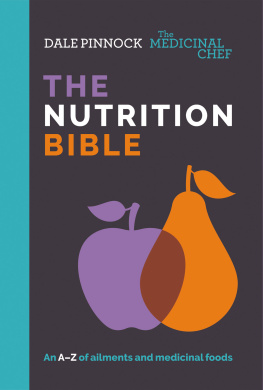
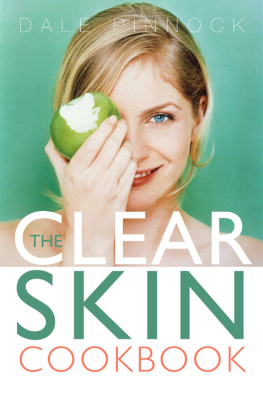
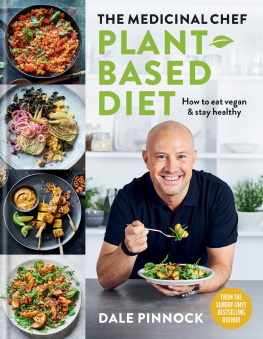

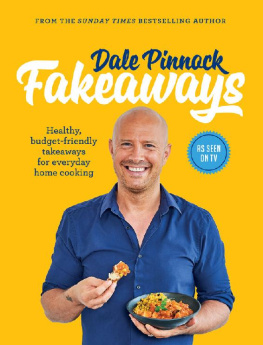
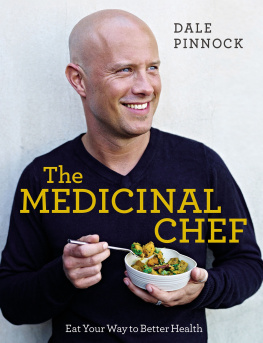

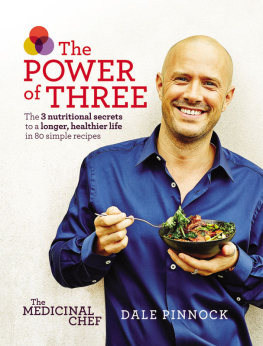
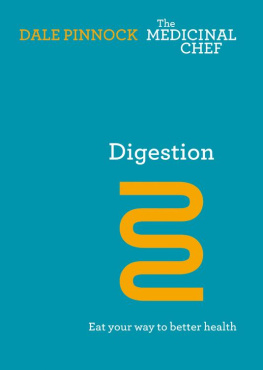
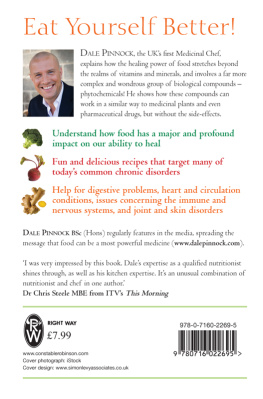
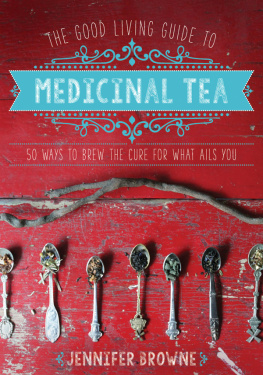

 Red meats such as beef, pork, lamb, etc.
Red meats such as beef, pork, lamb, etc.